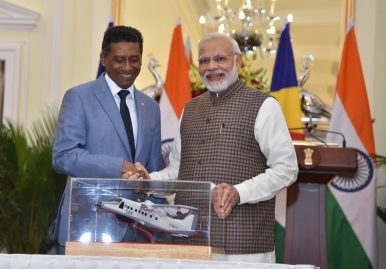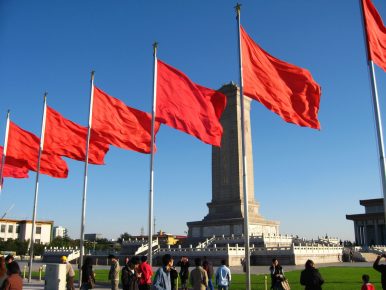By Joshua Busby
The world seems to be in a state of permanent crisis. The liberal international order is besieged from within and without. Democracy is in decline. A lackluster economic recovery has failed to significantly raise incomes for most people in the West. A rising China is threatening U.S. dominance, and resurgent international tensions are increasing the risk of a catastrophic war. Yet there is one threat that is as likely as any of these to define this century: climate change. The disruption to the earth’s climate will ultimately command more attention and resources and have a greater influence on the global economy and international relations than other forces visible in the world today. Climate change will cease to be a faraway threat and become one whose effects require immediate action.













/arc-anglerfish-arc2-prod-mco.s3.amazonaws.com/public/45ZJBBJHTFF4JMZXKJ6QCRFYKE.jpg)

/arc-anglerfish-arc2-prod-mco.s3.amazonaws.com/public/I6AR55FBMFDFXEOTD4PNNKHLEE.jpg)
/arc-anglerfish-arc2-prod-mco.s3.amazonaws.com/public/HYP5ASX3DFAGBDXXEU7D5UOYDA.jpg)